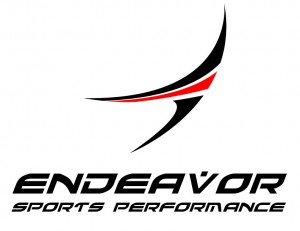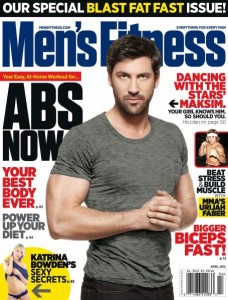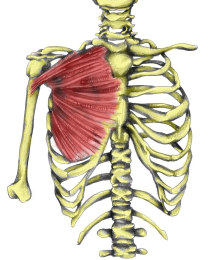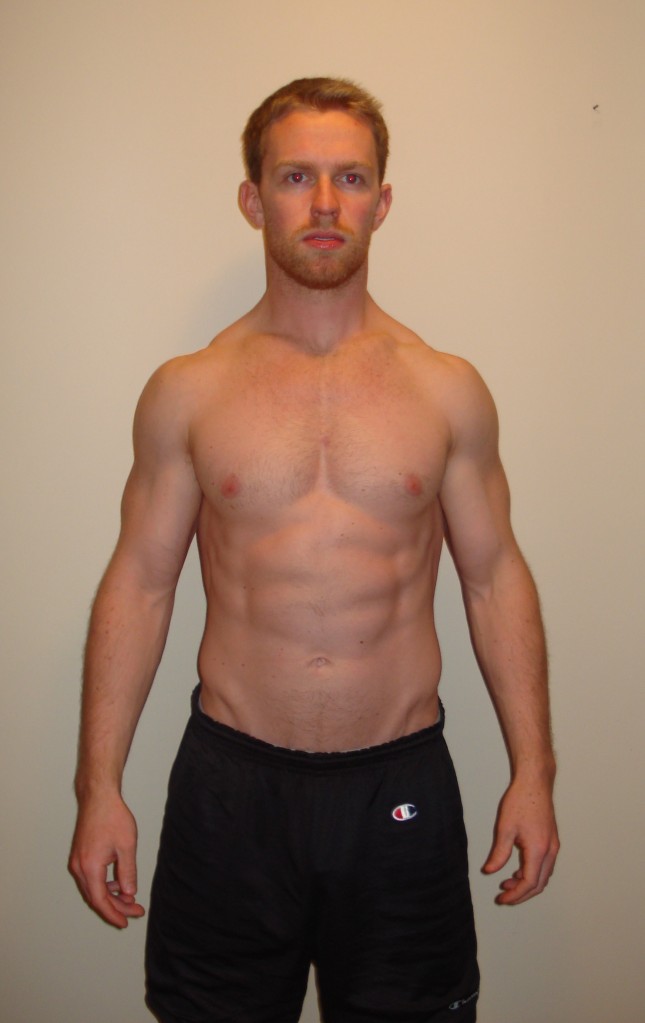What a week! We recently wrapped up a promotion with LivingSocial at Endeavor so we had a bunch of new start-ups this week. I’ve really been impressed with the work ethic of the new kids we’ve had. I strongly believe that’s a quality that you can develop with the right environment, but it’s refreshing to see kids enter with a high compete level.

Before we get into the hockey training content from this past week, I wanted to let you know that I’ve posted 4 mini-webinars, which you may or may not have seen already), on Facebook. These were videos I made as part of the launch of my book Ultimate Hockey Training, and most recently, the complete video on concussion-like symptoms. I’m testing out a really cool new Facebook Webinar service (which I HIGHLY recommend if you have your own website or otherwise run your own business) that makes it easy for people to share the information with their friends. As I’ve said in the past, I’m indescribably grateful to all of you for forwarding some of my articles and videos along to your teammates, coaches, friends, and family. With the new Facebook Webinar service, it’s more convenient to watch the webinars AND to share them. It’s a win-win. In case you haven’t seen them already, check out these 4 webinars and please pass them along to anyone you think will benefit from the information!
- Transitional Speed Training for Hockey
- Hockey Conditioning
- Off-Ice Hockey Training Program Design
- The Truth About Concussion-Like Symptoms
This week, in quite possibly the most disclaimer-filled articles series in the history of the written word, I added a 4-part webinar series on concussions titled “The Truth About Concussion-Like Symptoms”. If you missed them, you can check them out here:
Over the last week at Hockey Strength and Conditioning, we’ve added two new programs from Mike Potenza and Darryl Nelson and another great article from Anthony Donskov.
Darryl kicked things off with a timely training program for his players at the US NTDP (elite high school aged players). I like to see what other coaches are doing at specific times of the year because it sparks some good ideas on things I can incorporate into our programs and provides some insight into their philosophy. Darryl does a great job with the USA program so his programs are worth studying/modeling.
Check out the training program here >> Early Spring Off-Season Workout
Mike Potenza added a 2-day youth training program with videos of all the exercises. The program has a bit of a strength emphasis, but Mike does a terrific job of keeping everything simple, which is really important for youth players that don’t have a strong training background. Master the basics before you move on to advanced tactics. The videos are a great addition so youth players or parents that are reading the article can get an idea of how to perform the exercises with perfect technique.
Check out the youth training program here >> Youth Training Program: Strength Phase 1
Anthony Donskov, who I’ve had the pleasure of working alongside at a few of the US Women’s National Team camps over the past year, added another outstanding piece on designing training programs for contact athletes to preserve shoulders. As you likely know, shoulder injuries are extremely common in hockey, and because they typically result from high velocity contact, it’s generally thought that they are largely unpreventable. While there is some truth to that idea, following Anthony’s concepts will go a long way in minimizing the risk of a separation or dislocation.
Read Anthony’s article here >> Push/Pull Ratio for Contact Athletes
That’s a wrap for today. As always, if you aren’t a member yet, I encourage you to try out Hockey Strength and Conditioning for a week. It’ll only cost $1, and if it’s not the best buck you’ve ever spent, I’ll personally refund you!
To your success,
Kevin Neeld
P.S. Don’t forget to check this out! Facebook Webinars
Please enter your first name and email below to sign up for my FREE Athletic Development and Hockey Training Newsletter!






